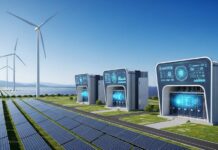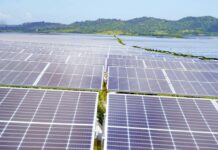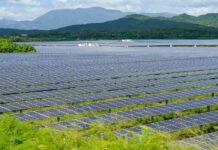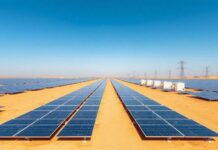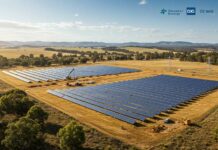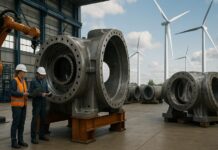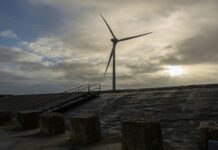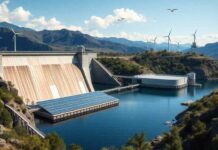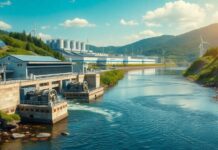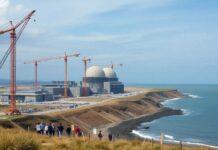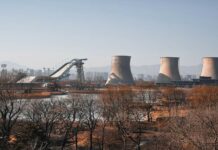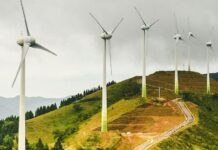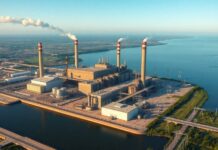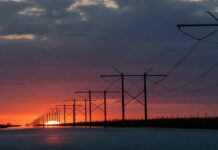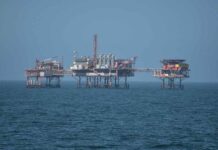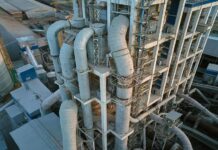The Lac Seul plant became operational in February 2009 and involved an investment of $47m. The plant produces 52 million kW of energy annually, which is enough to meet the needs of approximately 5,000 homes. The combined nameplate capacity of the Lac Seul and Ear Falls plants is 29.3MW.The plant is operated by government-owned utility Ontario Power Generation (OPG).
In January 2009, Lac Seul First Nation, a partnership between First Nation and OPG, acquired 25% stake in the plant. The partnership was formed as part of a 2006 grievance settlement that dealt with hydroelectric power plants constructed on traditional lands belonging to Lac Seul First Nation.
Plant details
The Lac Seul plant consists of a water intake building, a short tunnel and a powerhouse that contains the turbine and generating equipment. The plant can pass 150m³/s of water when operating at full load. It uses the excess water flow from the existing Ear Falls plant, optimising the use of water.
The water intake building contains a gravity-dropped headgate, which stops water flow to the entrance of the tunnel in case of an emergency. The headgate also helps to isolate the tunnel to gain access. Trashracks have been installed at the front of the water passage in the intake building to prevent debris from entering into the tunnel and causing damage to the powerhouse equipment. Both the intake building and the tunnel feature rock traps, which catch small rocks and prevent them from going through the turbine.
“The 12.5MW Lac Seul plant became operational in February 2009.”
The plant includes a single 12.5MW double-regulated pit turbine, which can run under a rated net head of 9.78m and flow of 139.45m³/s. The generator installed at the plant is rated at 13.6MVA, with 54 field poles and an output voltage of 13.8kV. The open frame air-cooled generator reuses the heat dissipated to warm the powerhouse in winter. During summer, the process air is vented outside the powerhouse to cool the structure.
The 13.8kV output voltage from the generator is transformed to 115kV at the main output transformer. The transformer and the electrical output system are linked to the Ear Falls switchyard. Electricity is transmitted across the Ear Falls Dam through 500m-long output cables.
Construction
Construction of the plant commenced in January 2006 with site clearing and blasting for the powerhouse site. About 10,000m³ of concrete was poured between the powerhouse and the intake building.
A new 68m-long tunnel was bored under Highway 105 in Ontario. The tunnel was built by blasting natural bedrock formations and stabilised by installing hundreds of rockbolts. It has an inverted D shape with a width of 8m and height of 10m. The tunnel is unlined except for the floor, which has been lined with concrete to facilitate access and maintenance.
The generating unit was watered up and tested on 3 December 2008, and synchronised to the grid on 8 December 2008. About 140 workers were employed for the construction of the plant.
Contractors
SNC Lavalin Power Ontario was awarded the design build contract for the plant. The plant equipment was supplied by Andritz Hydro Canada.
Power market
“A 68m-long tunnel was bored under Highway 105 in Ontario.”
The installed generation capacity available in Ontario is 35,485MW. Majority of this capacity is provided by nuclear, hydroelectric, natural gas and coal power plants.
In the past few years, despite strong supply of power and modest growth in demand, the cost of electricity has been increasing at a rapid pace. Compared to the neighbouring provinces of Quebec and Manitoba, electricity prices in Ontario are 65% higher.


